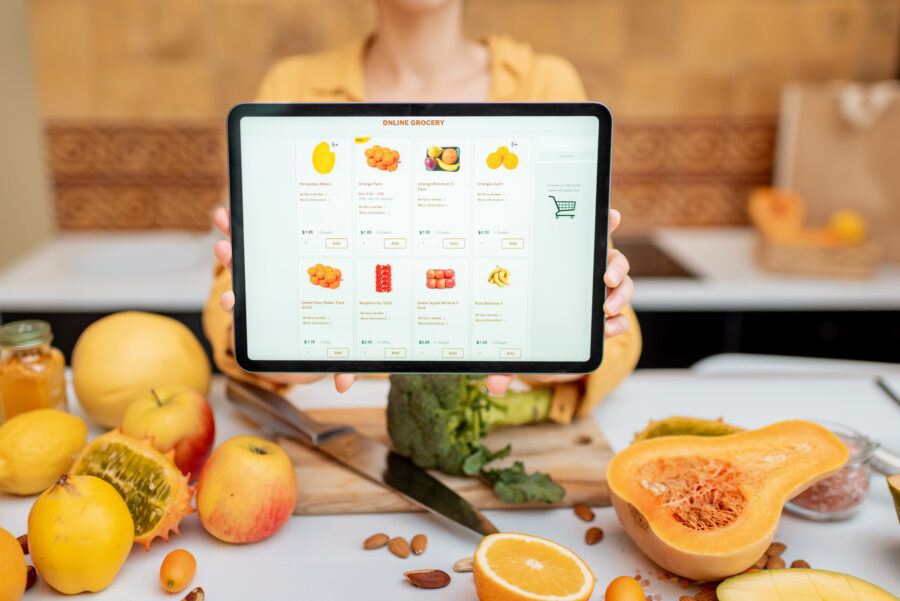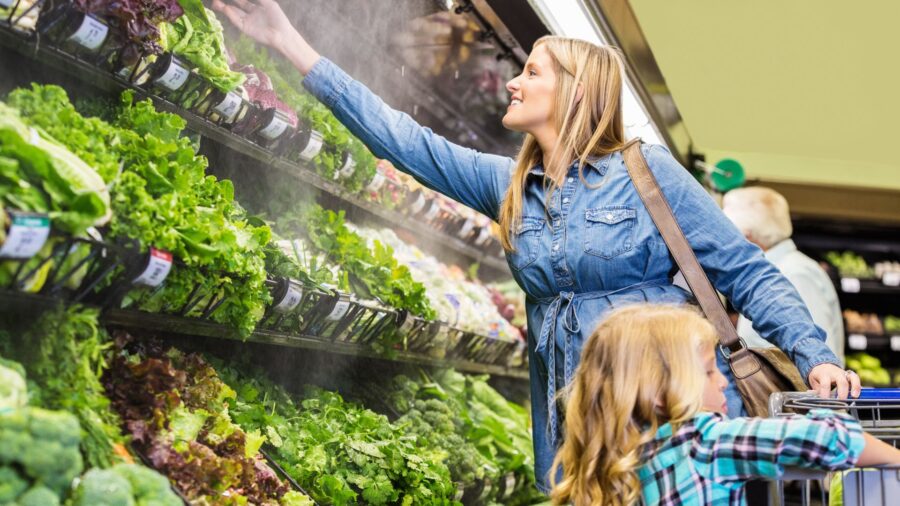A key strategy for capturing consumer dollars as they cut back on spending in the wake of inflation is to attract them right at the start of their journey, which means having great product content across all channels.
In fact, seven out of ten respondents said they often decide not to buy an item due to poor product content or a lack of information, according to 1WorldSync’s Consumer Product Content Benchmark Report.
Brand loyalty has been on the decline for some time, and 1WorldSync found that 82% of shoppers now believe quality product content is more important than whether or not they recognize the brand name. Shoppers are on the lookout for items that provide the best value for the money, and retailers need to work with their brand partners to have all the information necessary for informing customers why any given product is a good choice.
“When it comes to both brands and retailers, one of the things that they can do to help show that value exchange is really making sure that they have the right quantity and quality of content,” said T.J. Waldorf, VP of Marketing and Customer Success at 1WorldSync.
“Consumers looking to make a purchase want to make sure they’re getting the right amount of information to actually make that decision. The thing that we see often for retailers that I think could help this situation is making sure that they’re putting more of a requirement on the supplier to get them that content.”
IMAGERY IS KEY
The demand for content isn’t limited to descriptions, though mentioning ingredients, flavors, aromas and other relevant information should be part of every product page —imagery in particular also plays a major role, according to Waldorf.
Whether it’s showing off both sides of product packaging or ensuring you provide photos of produce with enough detail to make it look appealing, the quality of photography is key for grocery product detail pages.
“If I’m on a product description page and there’s an image but it’s pixelated and I can’t really see enough of the product, I’m not going to really be able to make a good assessment of what I’m going to get or what’s what it’s going to look like when it shows up at my doorstep or when I go to the store to pick it up,” said Waldorf. “I think that’s an area that that there needs to be more emphasis on.”
This approach also can help with upselling — 85% of frequent CPG/Grocery online shoppers say high quality product multimedia such as videos or 360-imagery has persuaded them to purchase something they initially didn’t think they needed or wanted, according to Waldorf. More is often better, with successful retailers including multiple images and even video to help build immersive experiences.
CONSUMERS’ HABITS
Additionally, 61% of consumers visit two to three sites before making a purchase. If a customer sees a product page on a brand’s site with plenty of useful information, then goes to a retailer with significantly less to say about the product, it can turn them off the purchase or even cause them to visit a rival retailer with a more detailed product description page, according to Waldorf. Some of the key habits of grocery/CPG shoppers to keep in mind include:
- 48% of this group use their smartphones to look up pricing information online vs. in-store;
- 31% use their phones to look up additional health/nutritional information; and
- 27% look at additional product imagery and photography.












